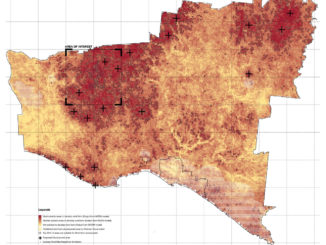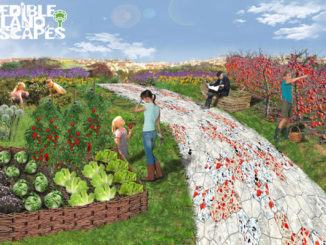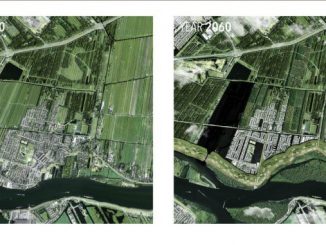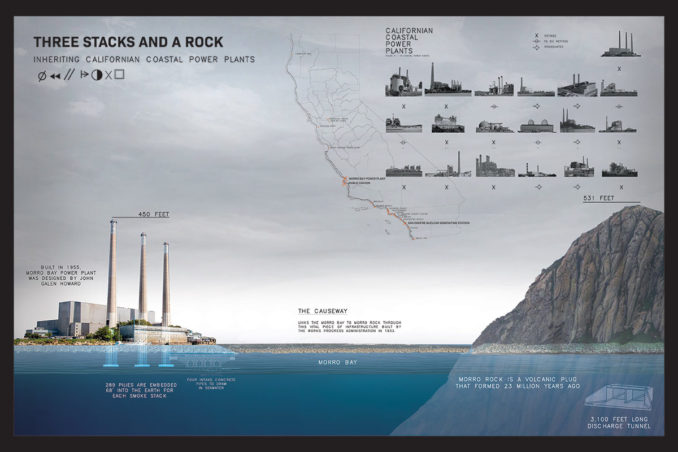
The Morro Bay Power Plant closed in 2014 due to unaffordable upgrades, environmental regulations, and a lack of energy demand. Built in 1955, the 100-acre natural gas power plant powered much of the cities of the Central Valley. It remains as a landmark of the region, the Three Stacks each 450-feet tall tower over the Morro Bay waterfront and demarcates the region. Demolishing the power plant is out of the question the city of Morro Bay, is unwilling to pay the estimated $30 million dollar demolition cost, which is almost triple the city’s annual budget.
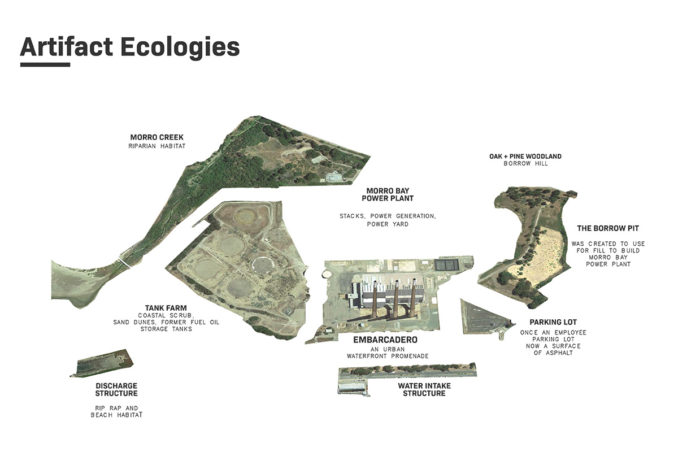
Adjacent to the Plant is Morro Rock, a 560-feet volcanic plug which formed over 28 million years ago. It is a protected habitat for many seabirds living along the California coast. The locals refer to these two monumental objects on the landscapes as the “Three Stacks and The Rock”. They sit as a contradiction from one another: one formed under millions of years of geologic history while the ‘Stacks’ were built and decommissioned in the previous mid-century.
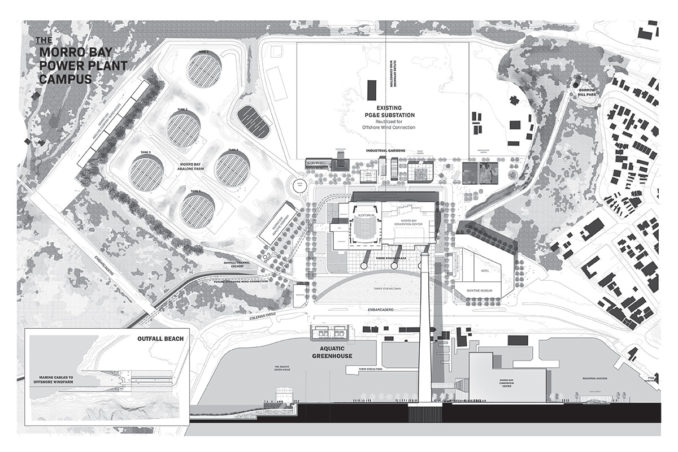
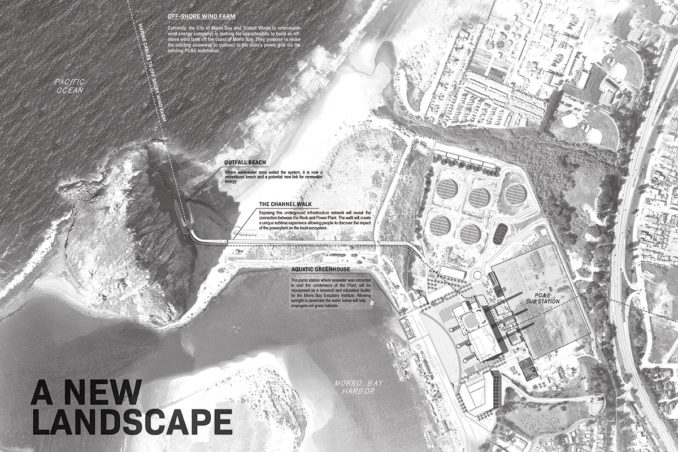
The question remains, what should replace the existing Morro Bay Power Plant? And as the cultural phenomenon of decommissioning of coastal power plants continues what new interventions could reinvent these spaces along the California Coastline? What unique cultural and ecological processes might be inferred at these sites? And furthermore could there be a dialogue between its unique surrounding contexts and be connected through a new landscape?
This design proposal proposes new and novel ways for the community to care for such a large landscape. Simple design operations were conceived to develop incremental approaches to transform the site: understood and could be applied to various scales and sites in Morro Bay. Though there are many aspects to this project, the primary focus is creating spaces that will be cared for by the local community while the eventual future of this vast landscape is realized.
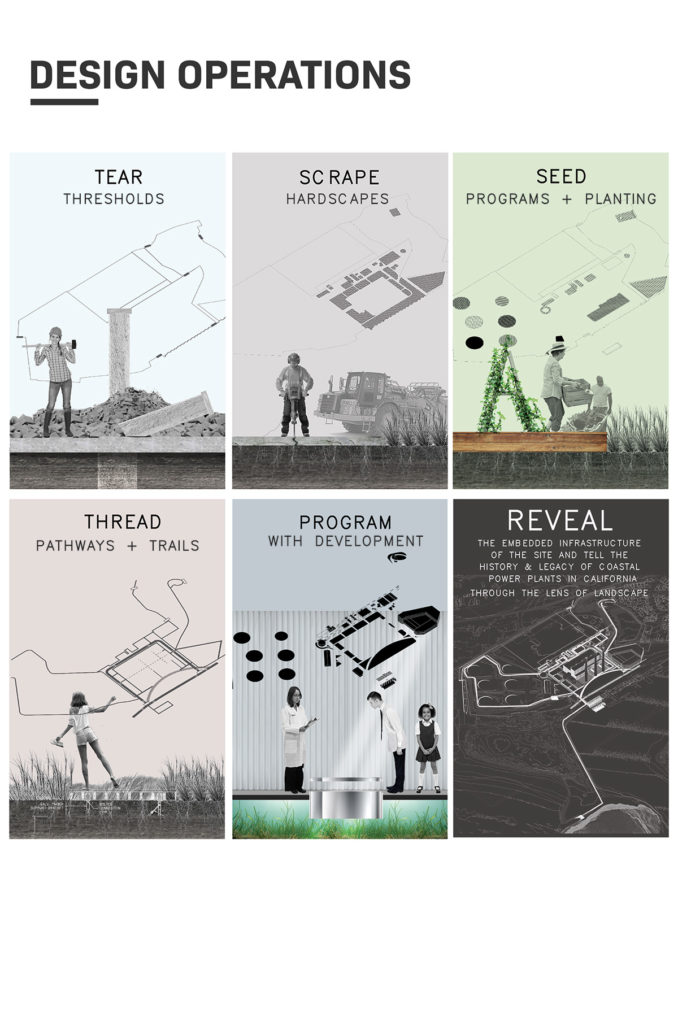
TEAR to tear the existing walls, fences, and the political barriers that exist on the site, creating new thresholds allowing people to wander the Power Plant.
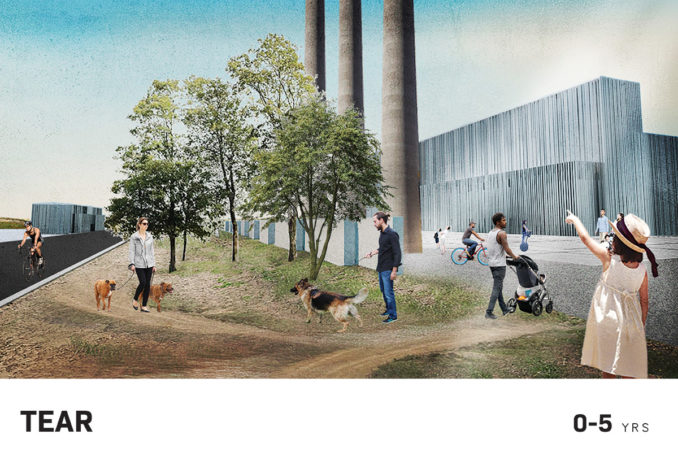
SCRAPE hardscapes and other residual surfaces to allow spontaneous vegetation to grow on the site as well as collecting runoff from impervious surfaces.
SEED is an operation that deals with both the creation of both site programs and the planting of gardens to occur on the site.This design operation is geared towards grassroots organization and a community driven approach to utilize the power plant.
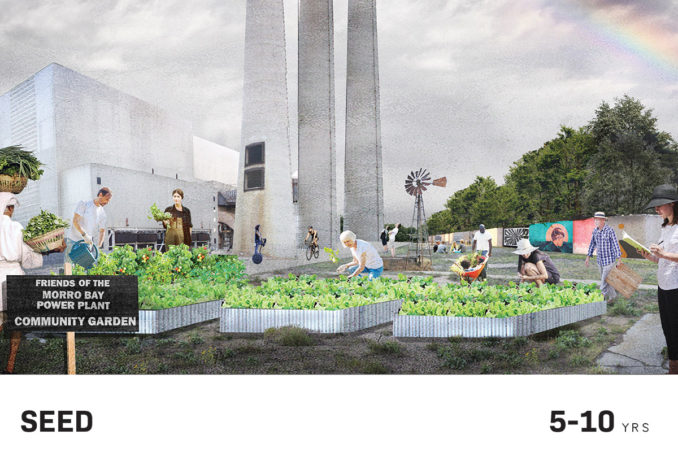
THREAD the site with pathways, trails, and streetscapes to physically connect the Plant to the community.
PROGRAM to repurpose existing buildings and to celebrate Morro Bay’s history of maritime industries and to give new cultural perspectives.
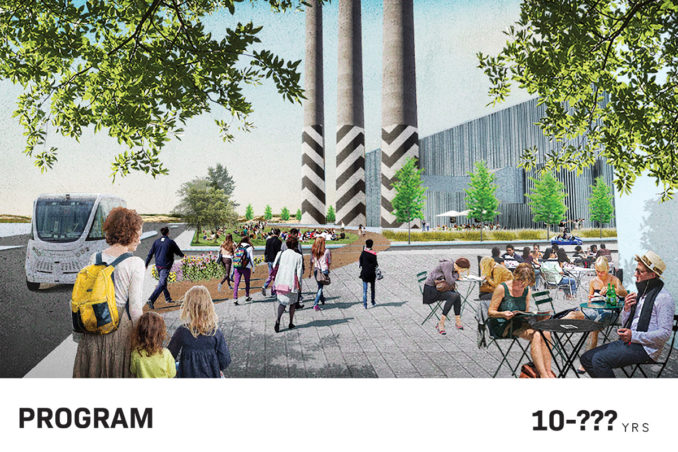
REVEAL the embedded infrastructure of the Plant and tell the history and legacy of coastal power plants in California through the lens of landscape. This dramatic revelation will be accomplished through the channel walk to reveal the physical connection between the Three Stacks and the Rock.
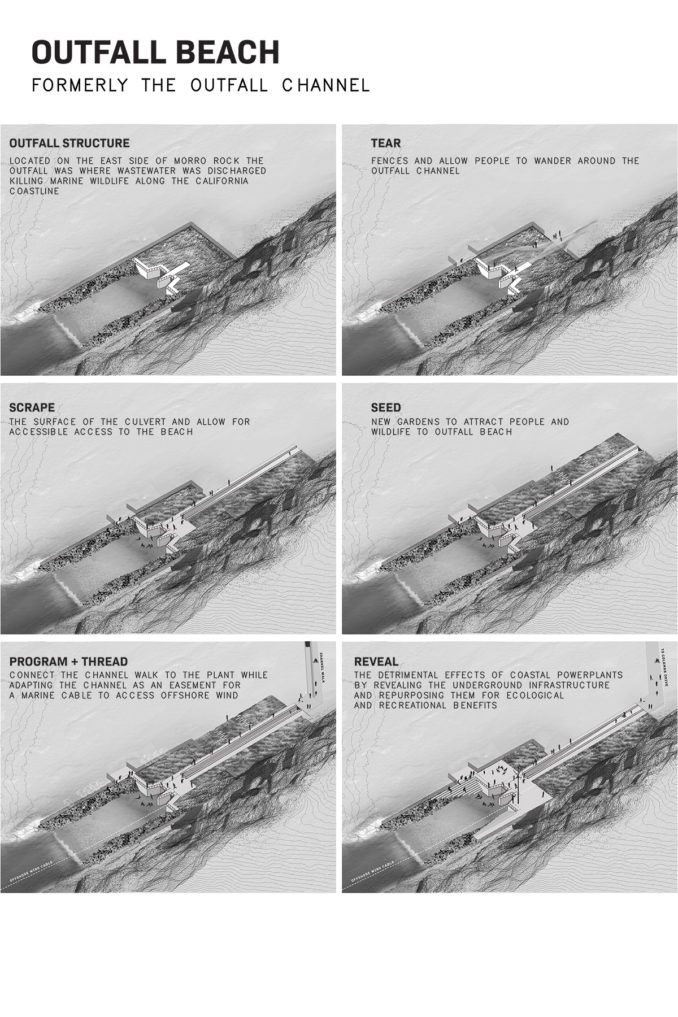
Major design interventions happen at the former Intake Structure, where millions of gallons sea water was pumped into the boiler room to generate steam to turn the turbine. The leftover hot waste water exits via the Outfall Channel, where it is dumped into the ocean, having a negative effect on marine ecology and killing marine wildlife.
AQUATIC GREENHOUSE
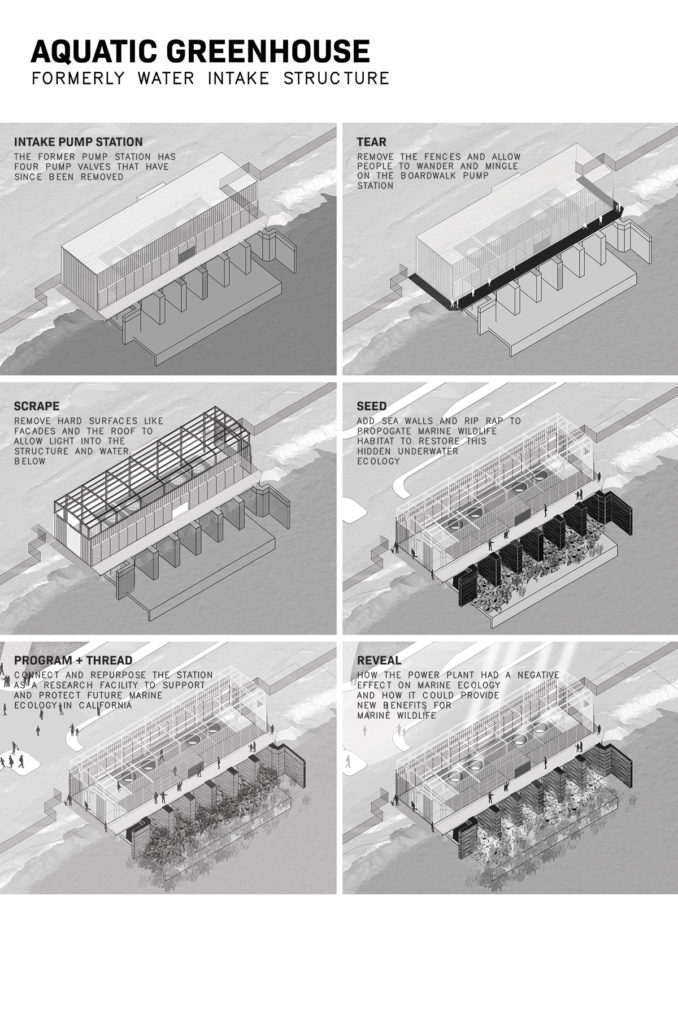
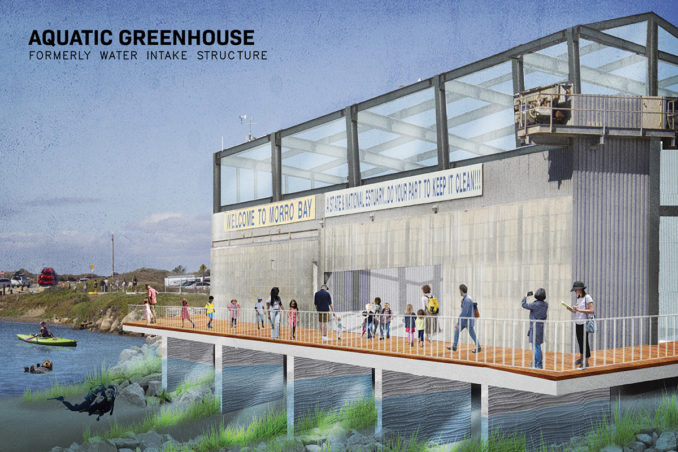
Using the design operations the former Intake Structure will be transformed into the Aquatic Greenhouse. The former pumps are retrofitted with large mirrors to reflect light into the deep water catalyzing new habitats in the intertidal zone. This new Aquatic Greenhouse will become a new home for the Morro Bay National Estuary Institute as well as a educational resource for the region.
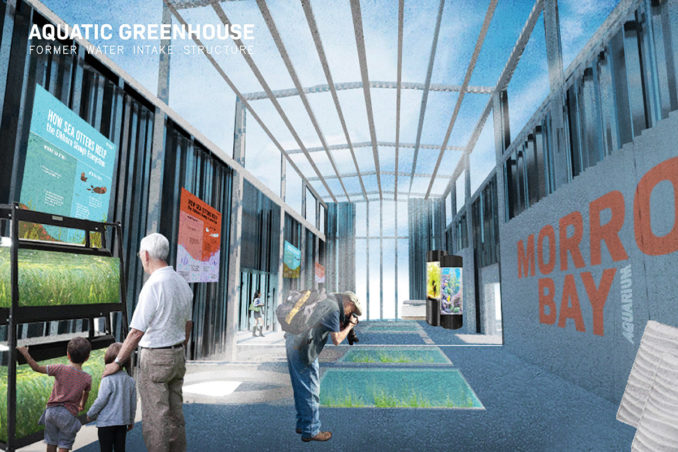
OUTFALL BEACH
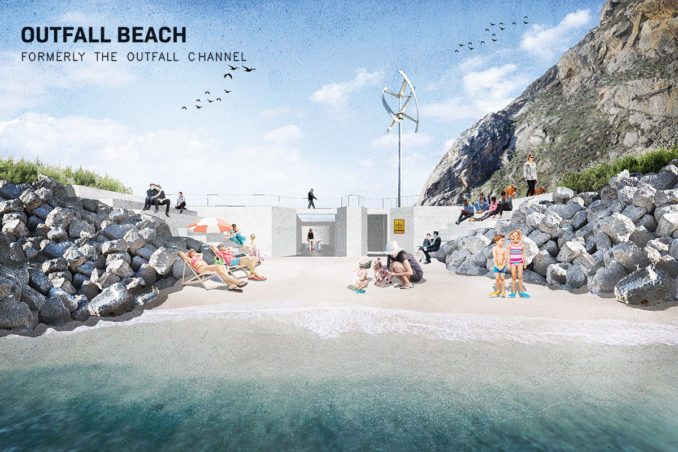
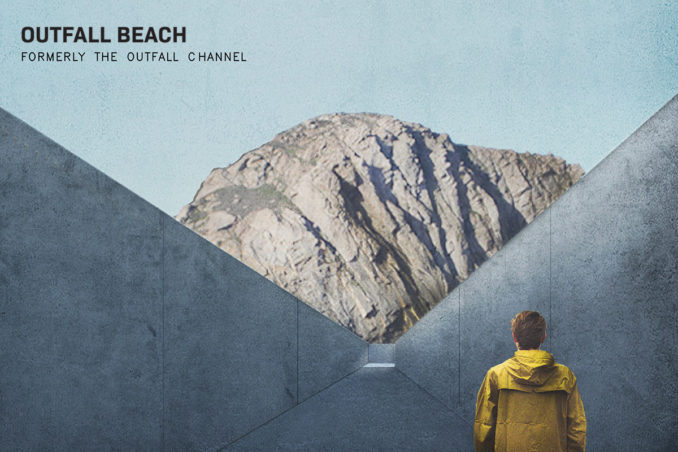
With a potential future for offshore wind farms, this former culvert that discharged wastewater, could serve as a vital link to power California with renewable energy. The reconfiguration and refuse of the Outfall channel could provide recreational opportunity as well as revealing a physical link to the Powerplant and the Rock.
Student | David Koo – University of California, Berkeley

